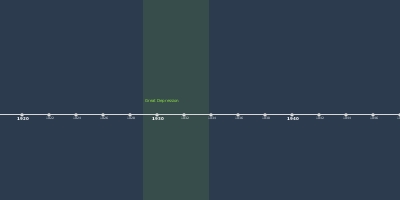Great Leap Forward (Second 5 year plan) (1 janv. 1958 – 1 déc. 1962)
Description:
- The campaign's objective was to industrialise China's economy (through agriculture and industry)- In order to catch up to other major economies and match the USSR's economic achievements
- A key feature was to use China's vast labour resources and a mass effort of will
- Laid out production quotas (not means)
- Mao frequently visited workers and joined in (now if that isn't adorable then I don't know what is (^ ω ^))
- Lead to the Great Chinese Famine
- Organisation of production was usually lacking due to little instruction and political interference; Mao did not recognise the faults in the policies
Industry:
- Mass labour was favoured over improved production techniques
- Achieved the building of large projects such as Tiananmen Square
- State-owned enterprises (SOEs) were created. They were the companies which now worked for the state
- The state set the prices, wages, output targets, etc.
- Backyard furnaces were encouraged as a way for the general population to contribute to the steel production
- The steel was low grade and not used, however it was maintained as a propaganda effort and inspiration to the people
- There is a significant increase in most sectors important for industrialisation over the 5 years
- However, China lacked technical skill in order to progress at a faster rate (quality was usually lacking)
Agriculture:
- Collectivised farms and agricultural industry begins in 1956
- Farmers worked in state-operated communes
- The communes set prices, wages, and production targets, etc.
- See The Great Chinese Famine
Ajouté au bande de temps:
Date:
1 janv. 1958
1 déc. 1962
~ 4 years and 11 months
